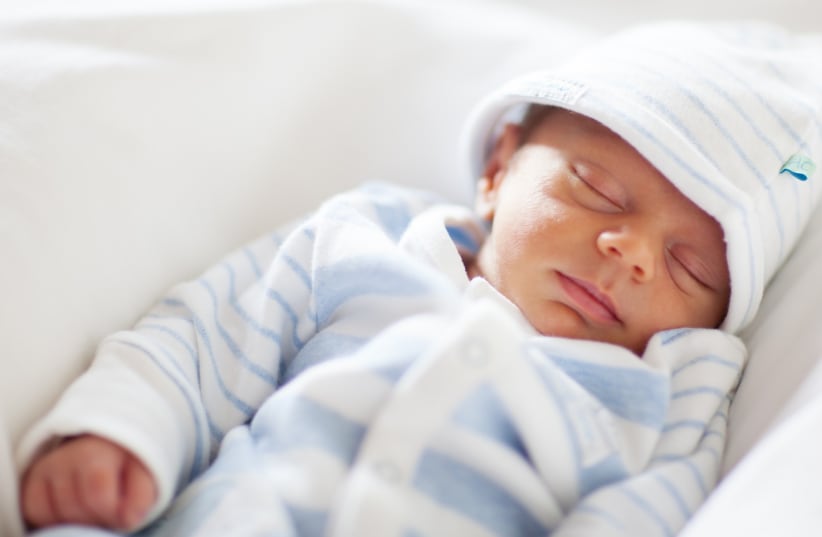You visit a friend with a newborn and see a mirage: Her baby lies, asleep or awake, in the cradle, quietly and without complaint.
How can it be? Your baby always wants to be in your arms, wants to always be held and only seems calm in your arms. Of course, everyone is critical and your aunt or a neighbor will say that you're spoiling the baby.
Revital Algor, baby development instructor and sleep consultant, explains that there are various reasons to always hold your baby. Babies with increased tone, for example, really need hands-on time to relax.
Such babies have high muscle tension. They're jumpy, turbulent and restless. They may have digestive issues so it's better when they're relaxed, feel comforted and know they're secure when they're held.
Other babies may have a real need to experience more of the uterine environment. In the womb, they were constantly in motion, whether moving in the womb or if the mother was moving. The static of lying on a flat surface is difficult for them and they ask for more from the familiar uterine environment.
Also, remember that there are theories that state a baby in its first months feels like an inseparable part of its mother, and being carried accurately expresses this.
How being carried contributes to development
Even if you're exhausted from constantly holding your baby, know that this has advantages.
Carrying allows the baby to feel secure and make friends with the world more easily. It also strengthens body awareness as babies come into the world and don't know where they begin and where they end, since they're not aware of their body parts and how they work.
The deep contact that is being lifted and held creates an awareness of the different body parts and actually fine-tunes their mobility.
Also, the organ of balance is in the middle ear, so the balance system is learning and developing. Movement in its many nuances (including lifting with the hands) is of acute importance for the baby's development.
This article was written in partnership with the JAMA parenting app.

